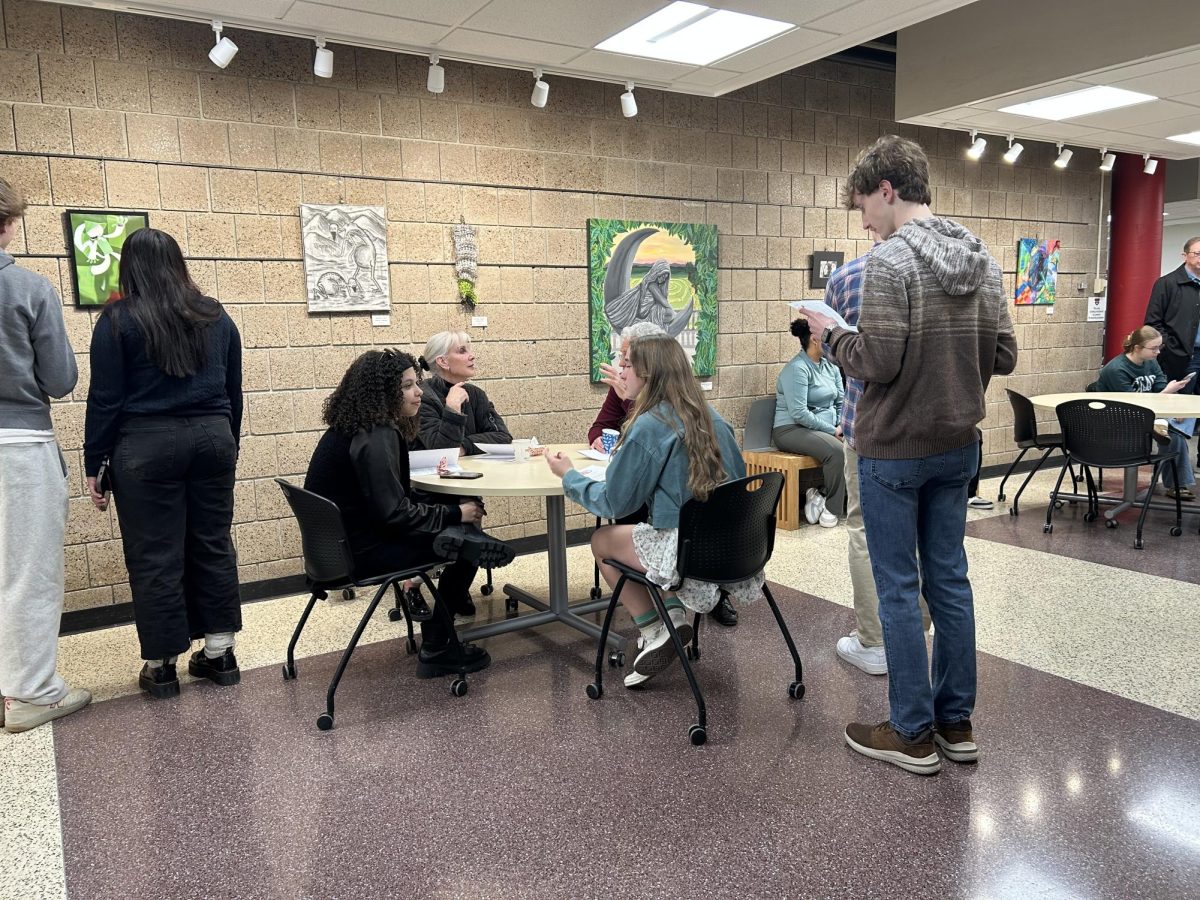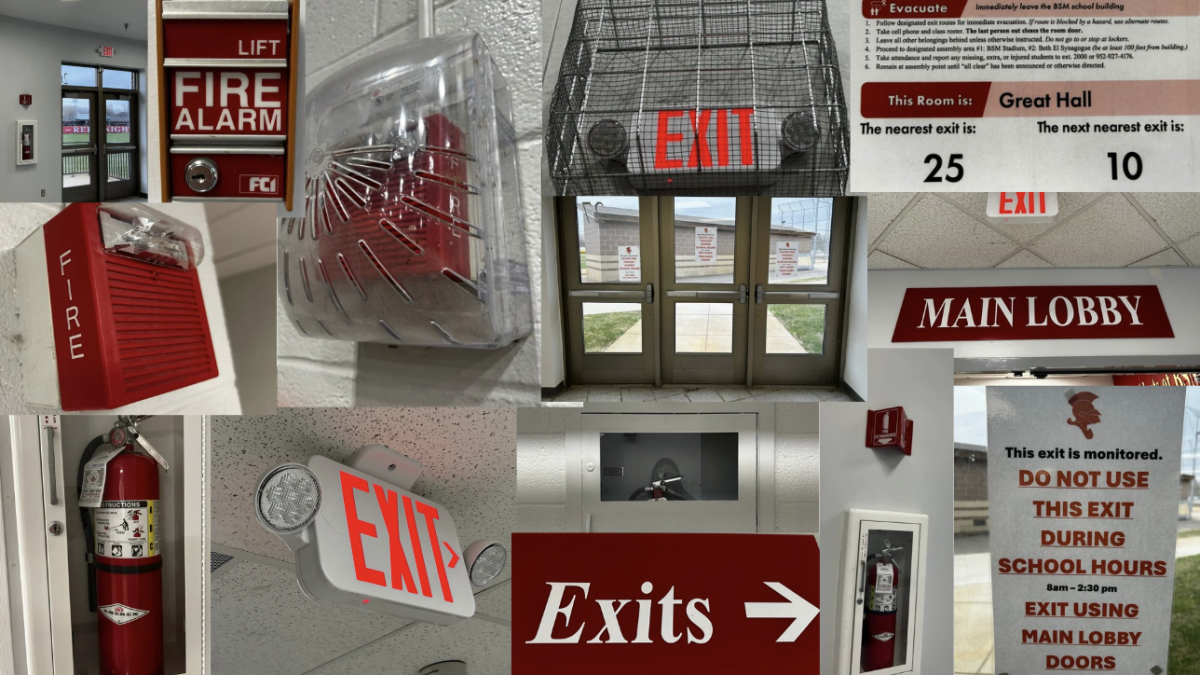Safety drills are a mandatory part of school safety, playing a vital role in preparing students and staff for potential crises. In the BSM community, teachers and faculty members are committed to conducting a wide range of drills to prevent chaos during real emergencies. Despite all these efforts, students often find themselves questioning the true effectiveness of these drills when faced with an actual crisis. “If anything [a safety drill] makes me more scared, because I feel like I’m not safe if I’m just walking through the hallway when there’s someone who’s a danger to the school just walking through the hallway,” freshman Georgia Watson said.
The guide to Minnesota Law for Non-Public Schools requires that at least five safety drills be completed throughout the course of a school year. The BSM community, however, goes above and beyond this mandate, averaging one to two drills per month, ultimately reaching around nine to ten drills by year’s end. “First of all, it’s giving us additional practices, which is good, but it also gives us flexibility to occasionally drop one,” Assistant Principal Michael Kautzman said.
From the student’s perspective, the value of these drills often falls short of their intended purpose. In a recent survey conducted by the Knight Errant, 89% of the 27 student respondents marked safety drills as only somewhat to not at all effective. A common criticism was the changing nature of the drills, which many see as a major factor in their ineffectiveness. “[The safety drills] seem to change a lot. It used to be ‘if there’s an intruder in the building, you’re supposed to throw stuff at them,’ and now they want you to hide, so it literally changes every time,” sophomore Ellie Kinkead said.
Numerous students believe these drills are largely time-wasting and fail to accurately reflect real-life scenarios. Additionally, students explain how the timing is overall unrealistic, as most drills occur only during homeroom. Watson, for example, who serves on the student council, explains the many challenges posed by the location of the drills. “I feel like [safety drills are] kind of pointless…because I’m in Student Council, so I’m in the cube and the doors are obviously clear, so we have to come out and walk down the hallway to go into different rooms,” Watson said.
Nevertheless, the school puts serious attention into preparing and executing these safety drills. Practicing crises such as lockdown drills, tornado drills, or evacuation drills can be sensitive topics for many students and community members, so faculty and staff make it a priority to address these emergencies thoughtfully and respectfully. That being said, however, many students still remain unaware of the true commitment made. “I know it feels, to you, that every so often we’re going to have this kind of drill, but the teachers and the adults in the building have had professional development about this stuff, … so there’s a lot going on behind the scenes that you guys don’t really see,” science teacher Lisa Bargas said.
Overall, there is a significant disconnect between faculty efforts and the student perspectives. Although the BSM community meets and exceeds state requirements for safety drills, the inconsistency and lack of student engagement suggest these practices may not be as effective as intended. To lead to a safer school environment, students highlight how it’s crucial to find a way to enhance the realism by changing locations and adjusting drill frequency. By making these efforts, the school community can hopefully close the gap between safety drills and their effectiveness in real-life situations.





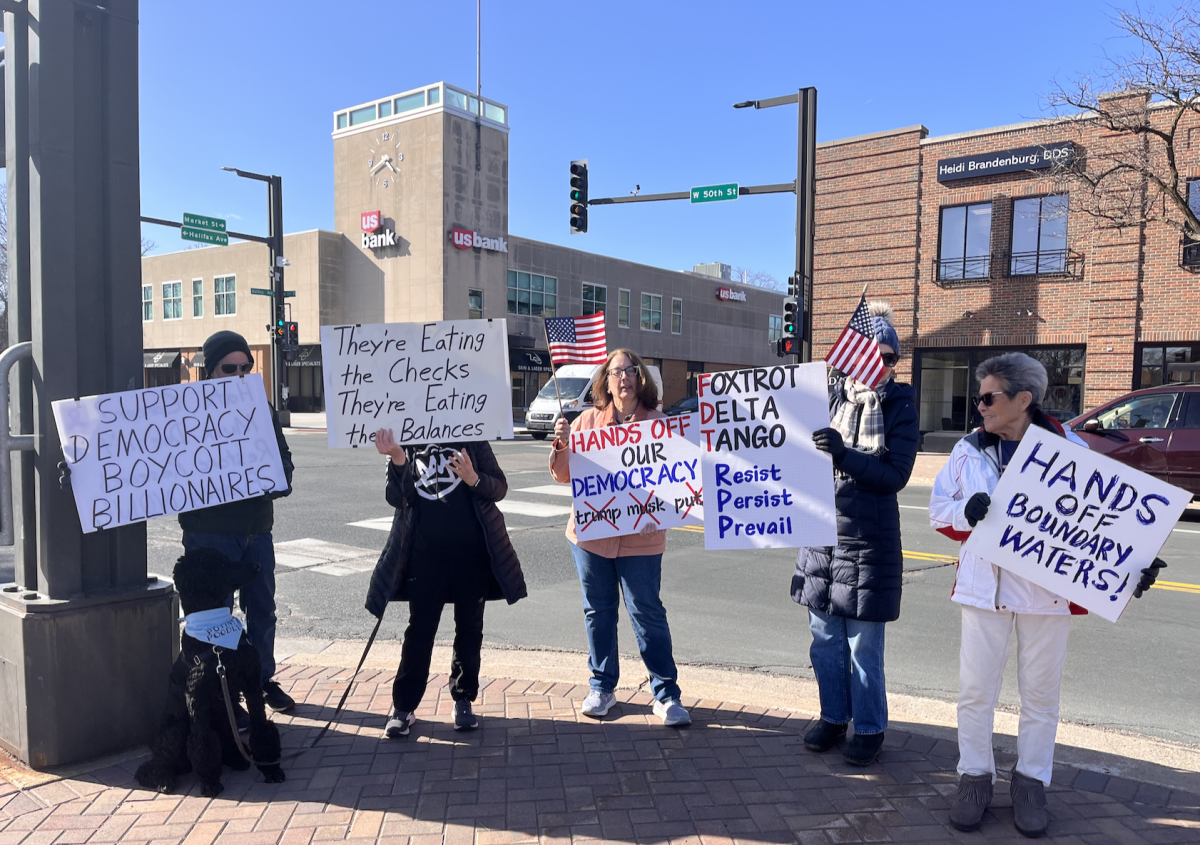








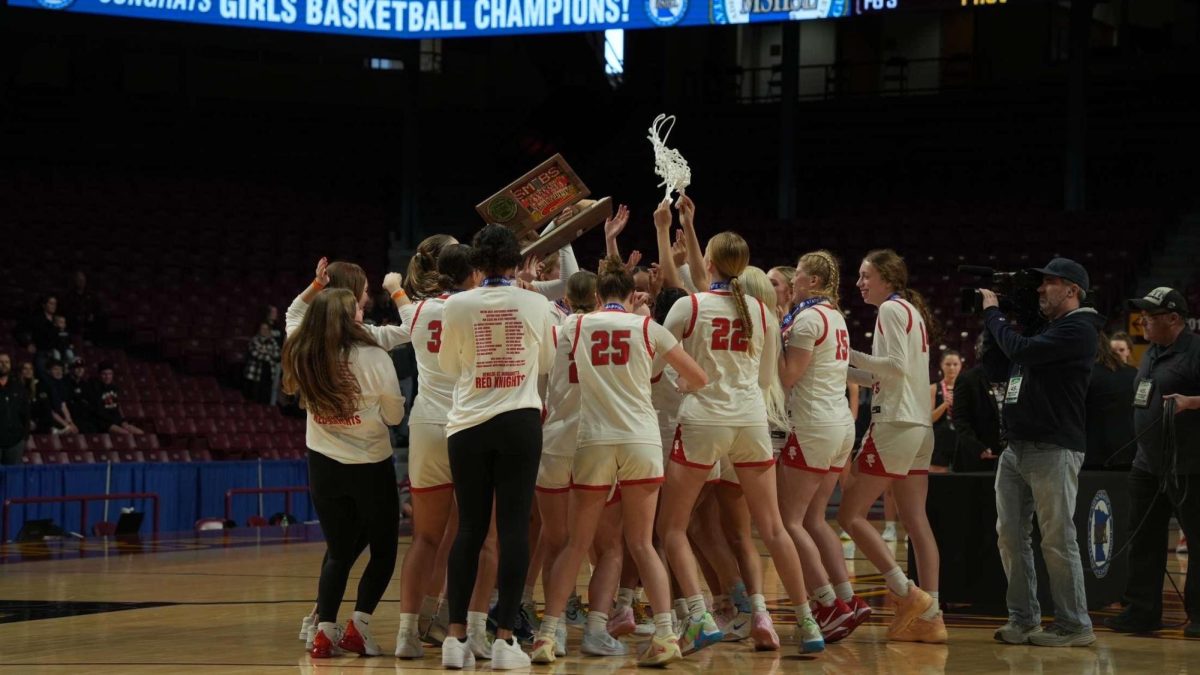



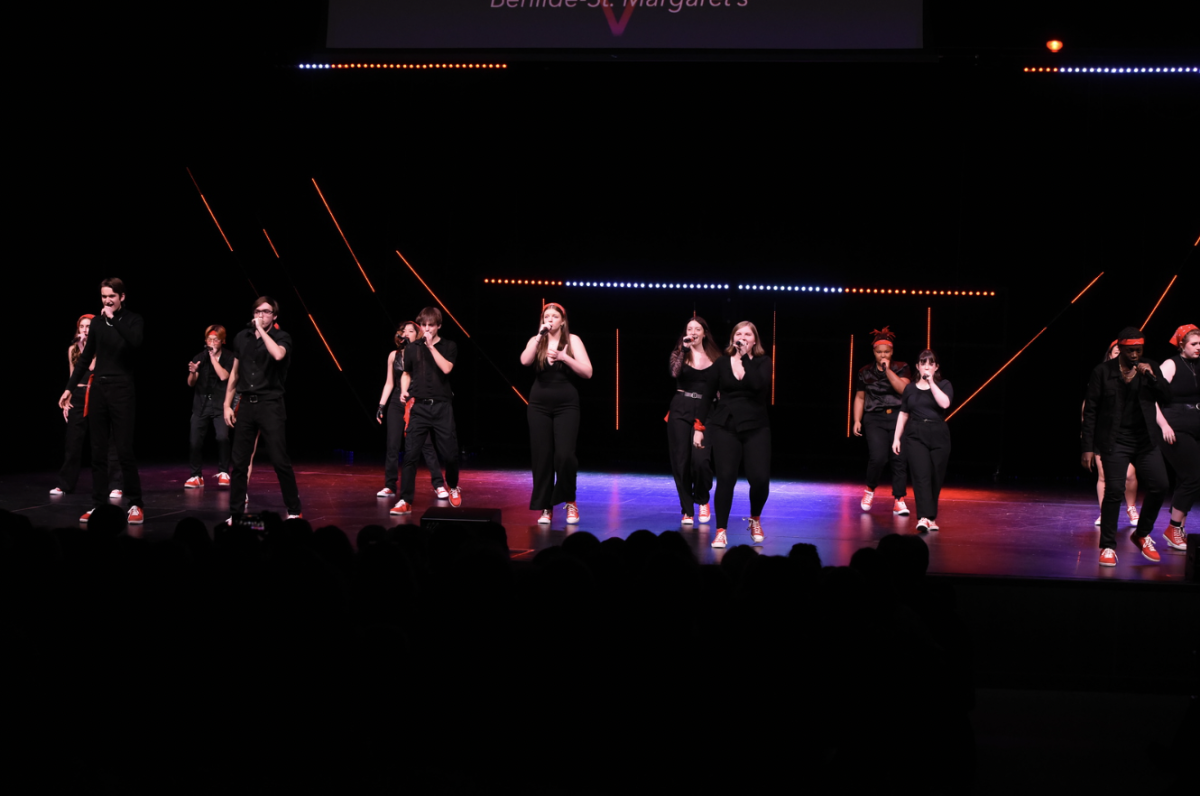
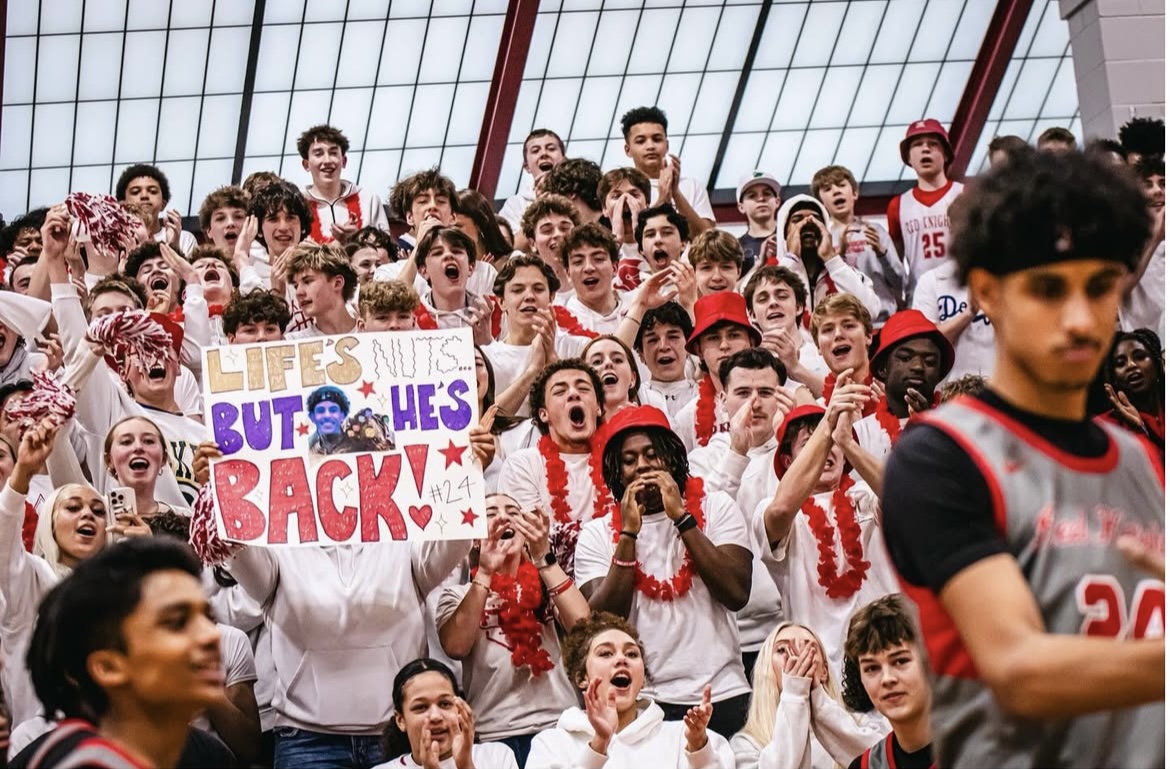




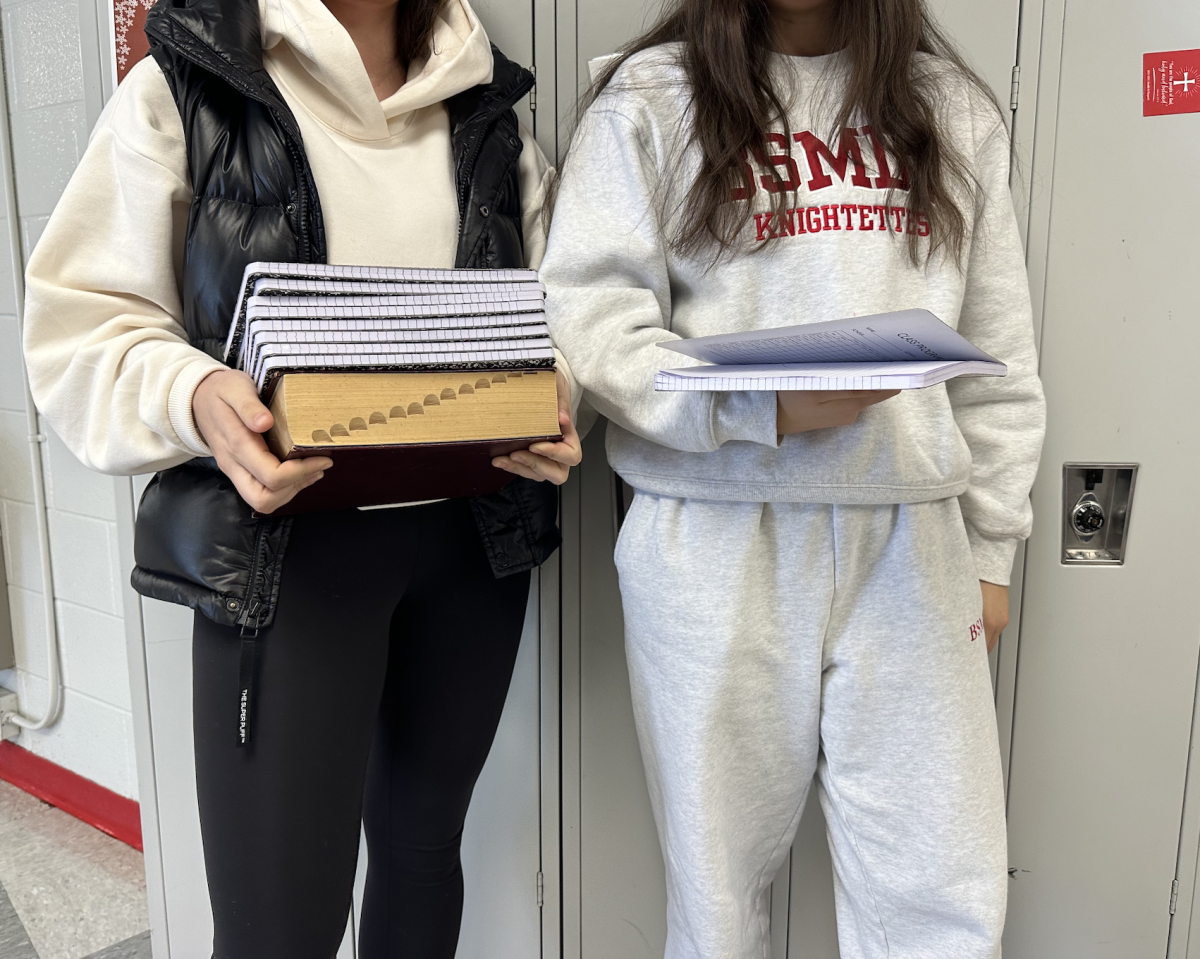
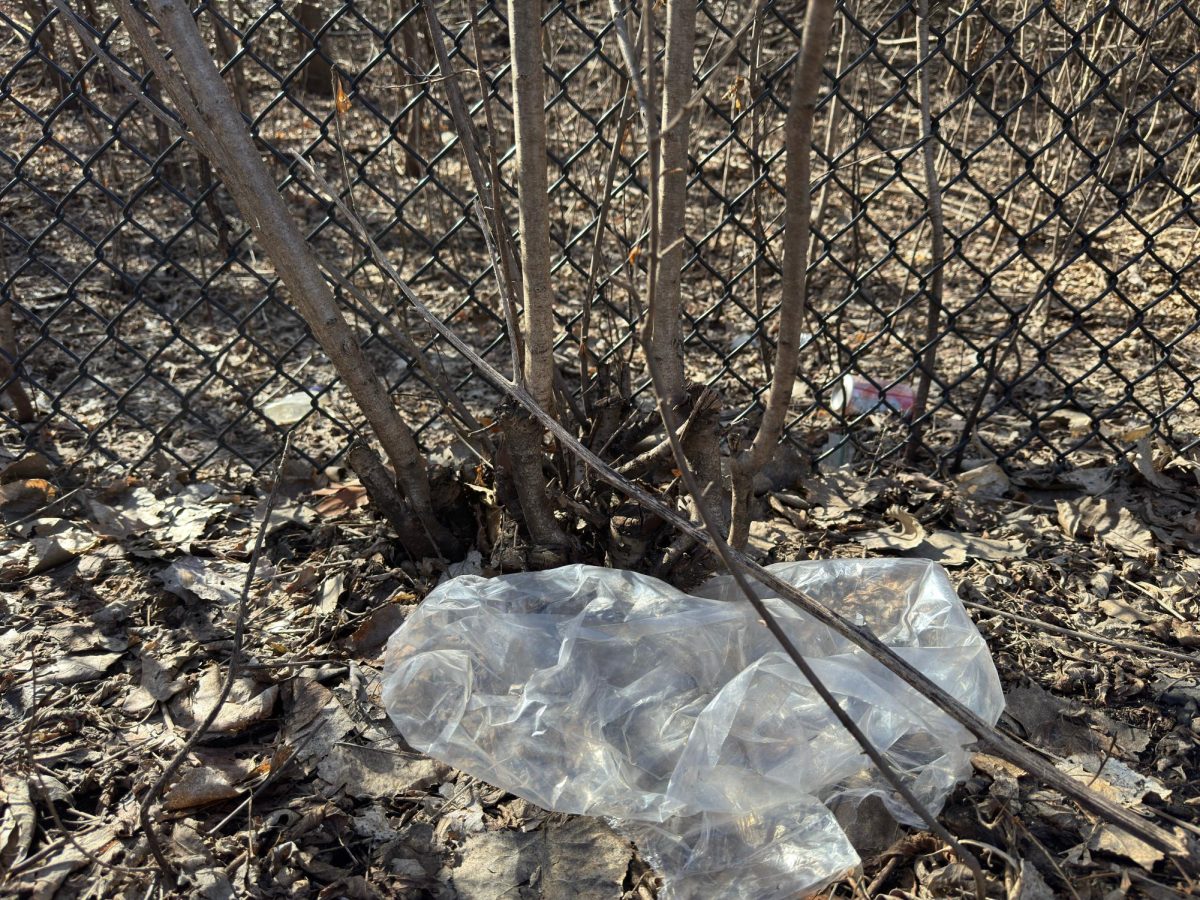










![Teacher Lore: Mr. Hillman [Podcast]](https://bsmknighterrant.org/wp-content/uploads/2025/03/teacherlorelogo-1200x685.png)
